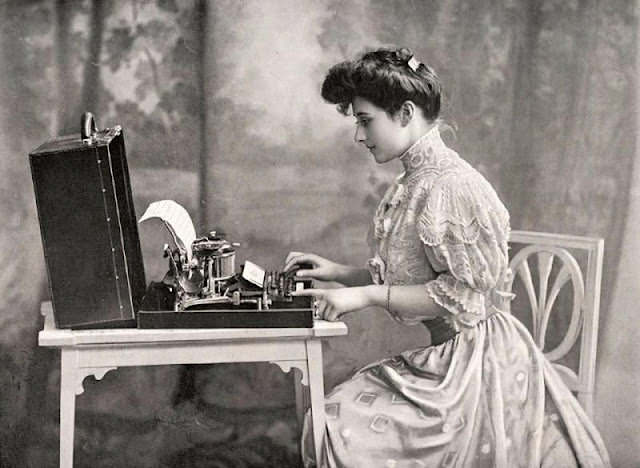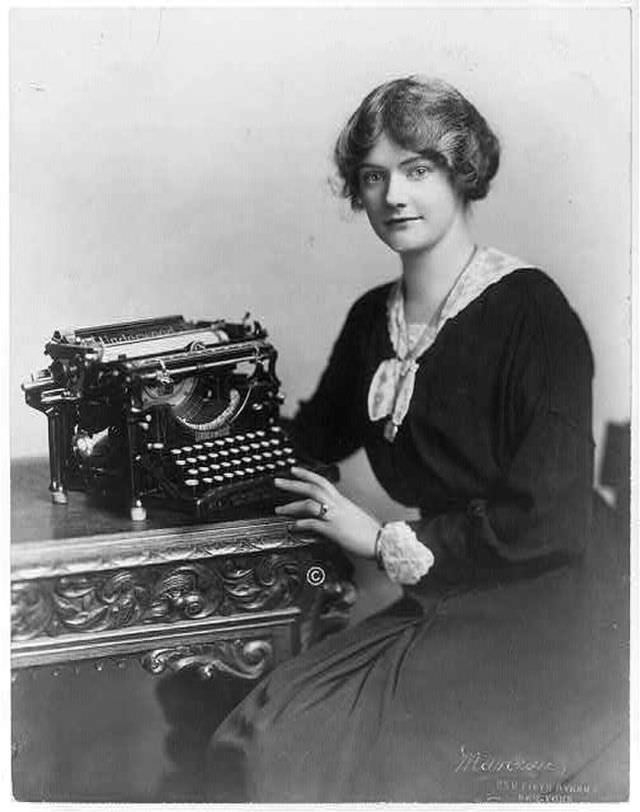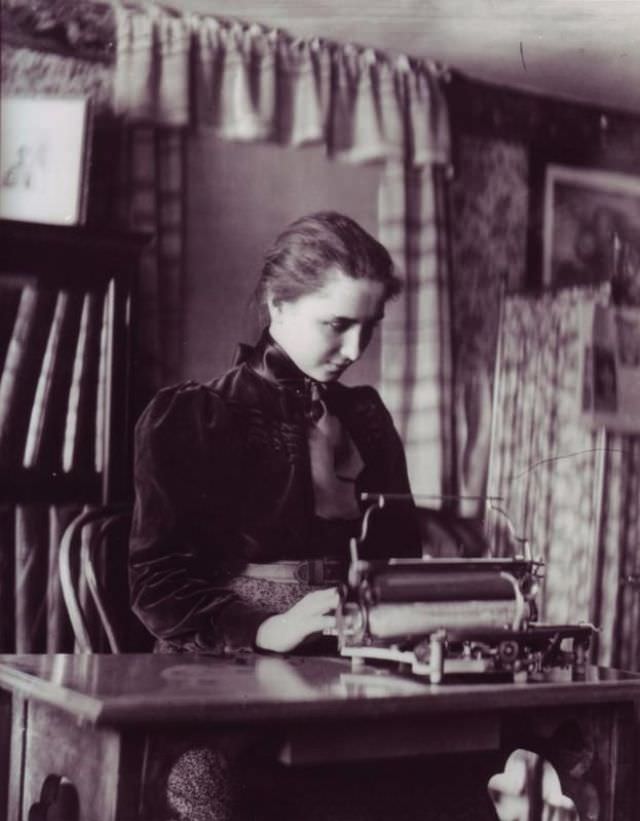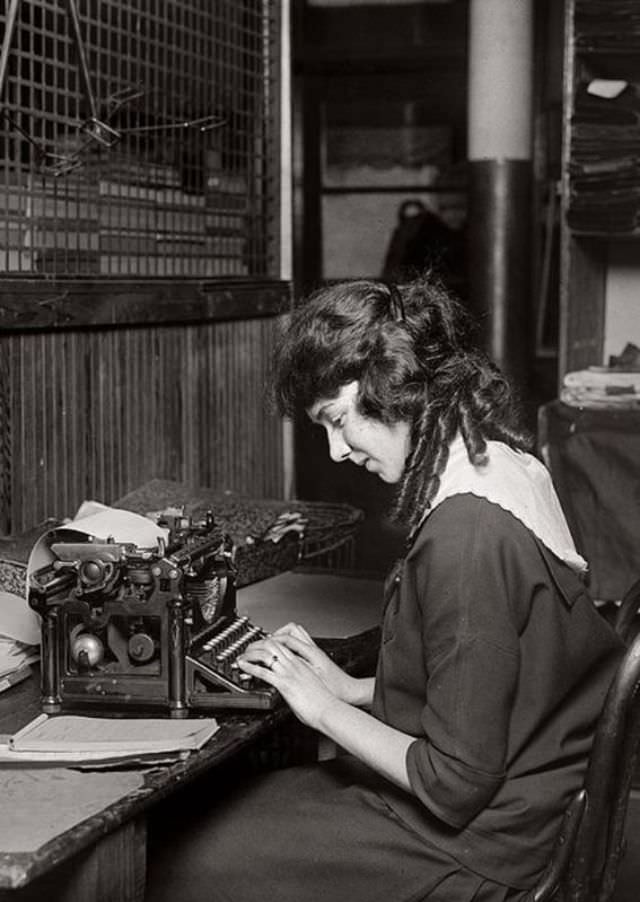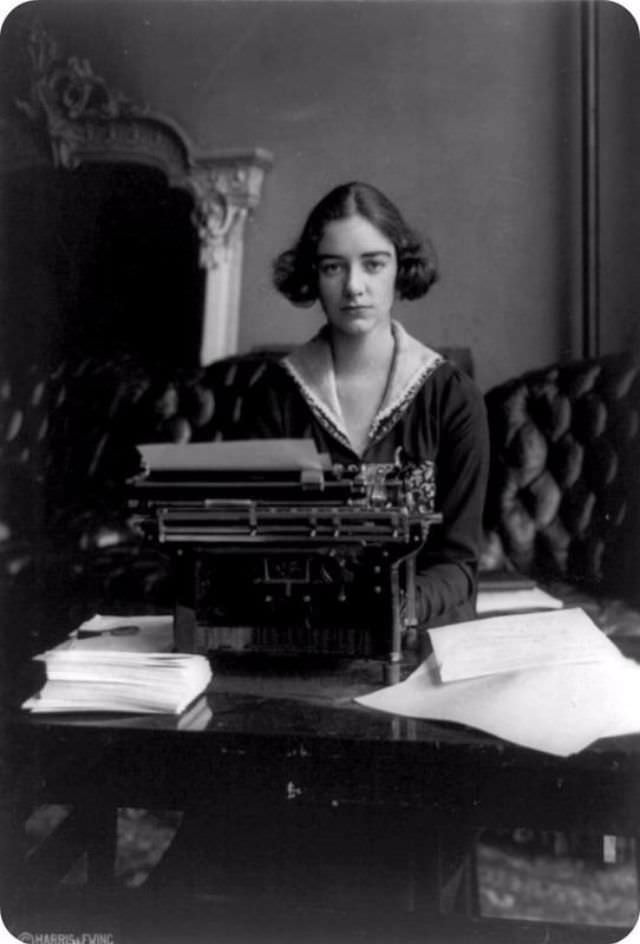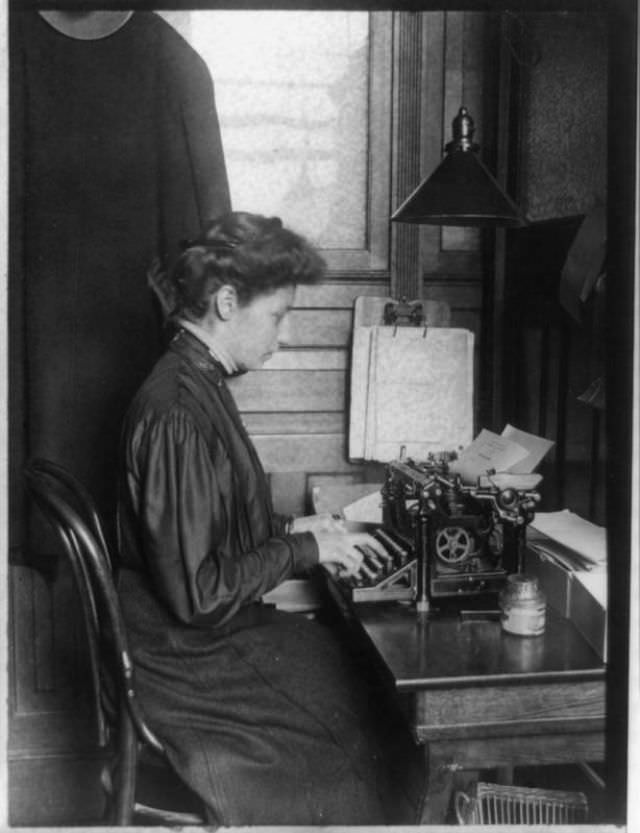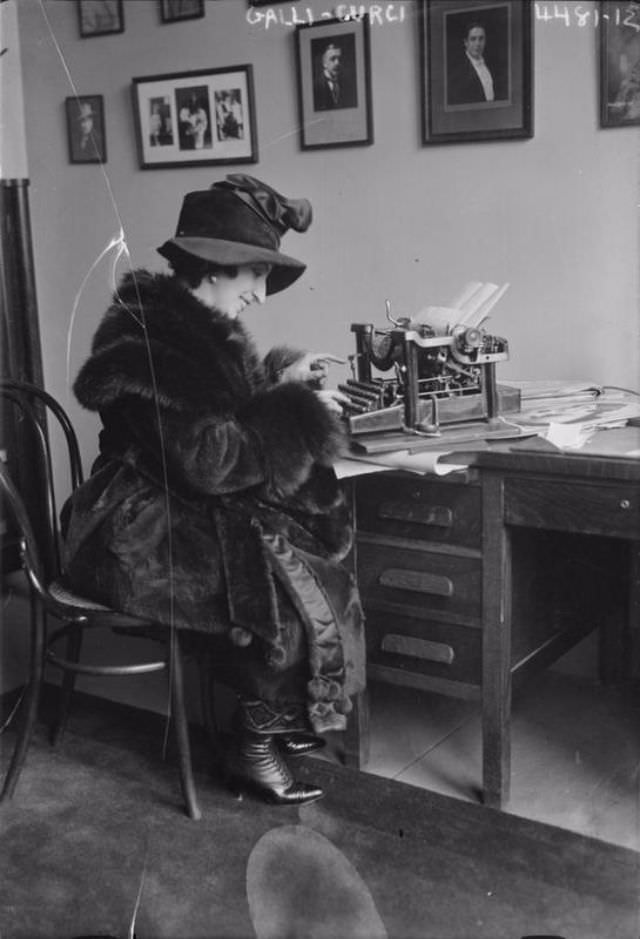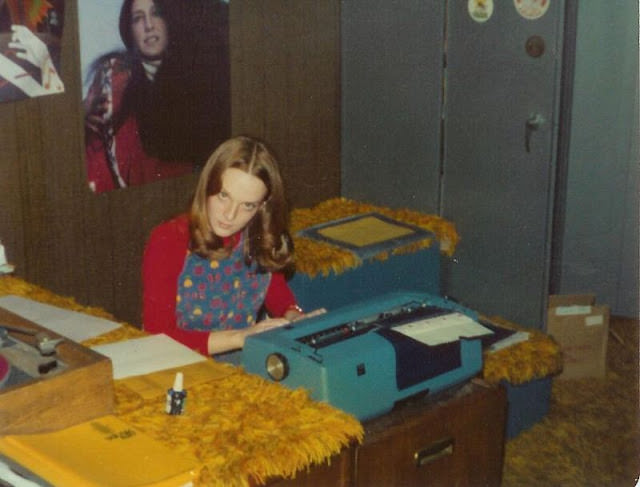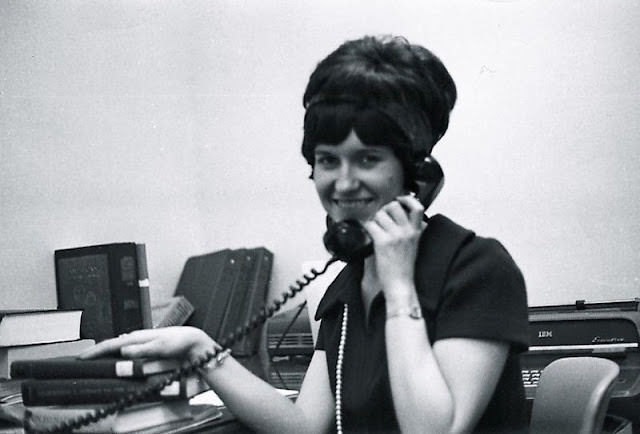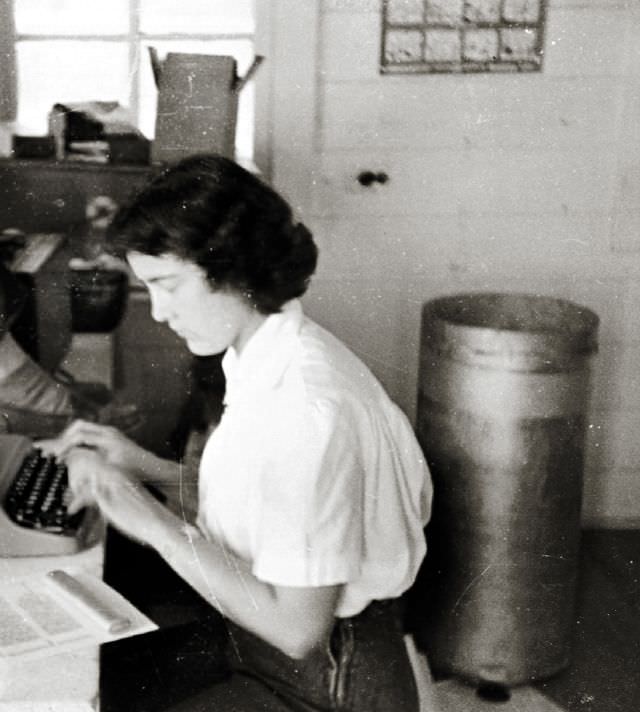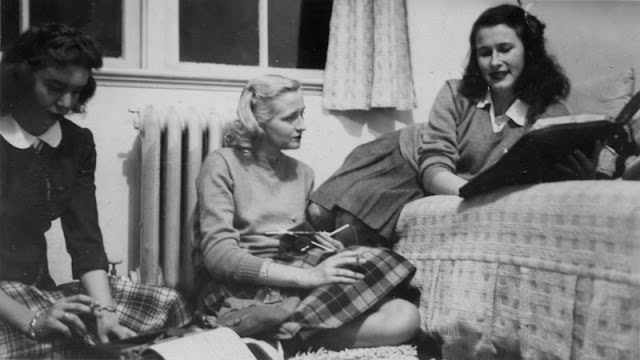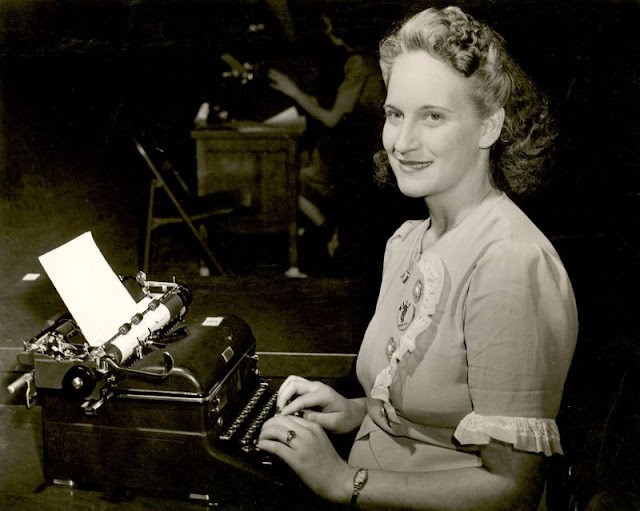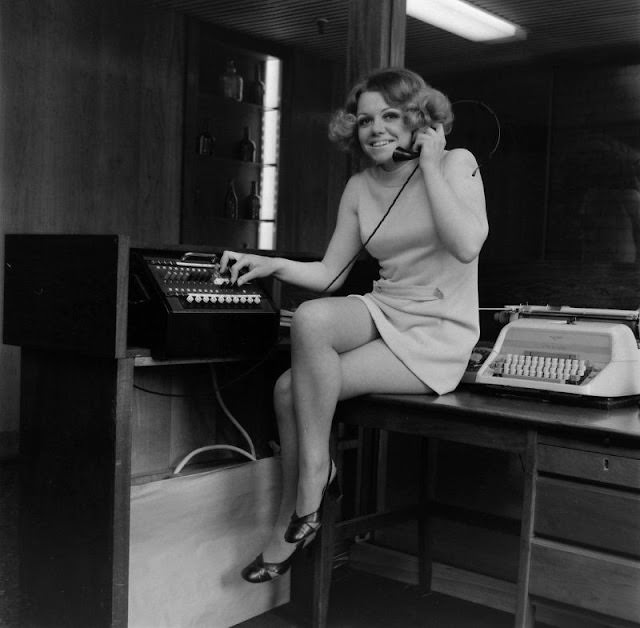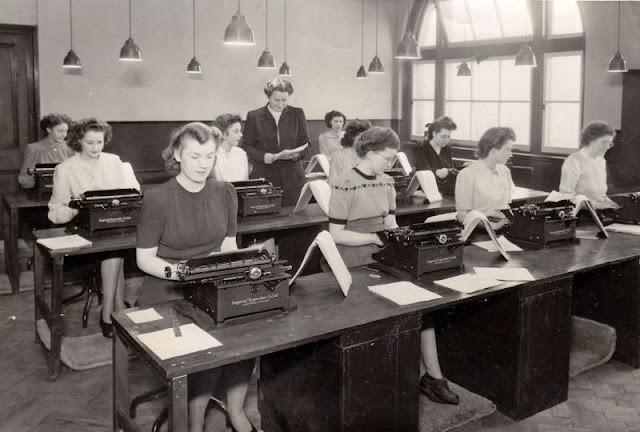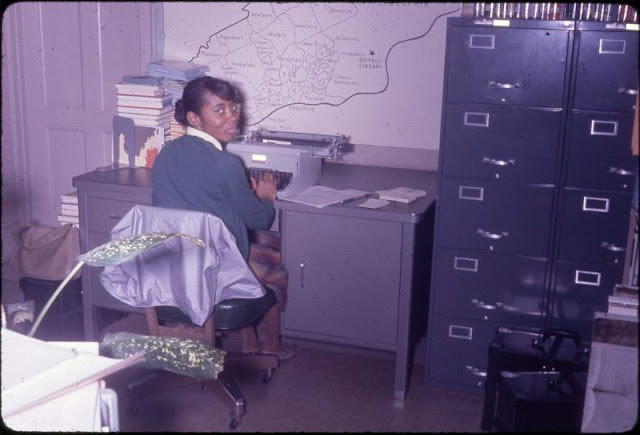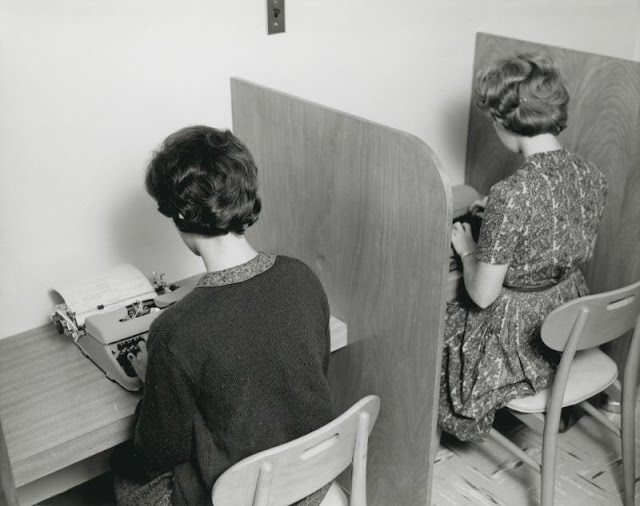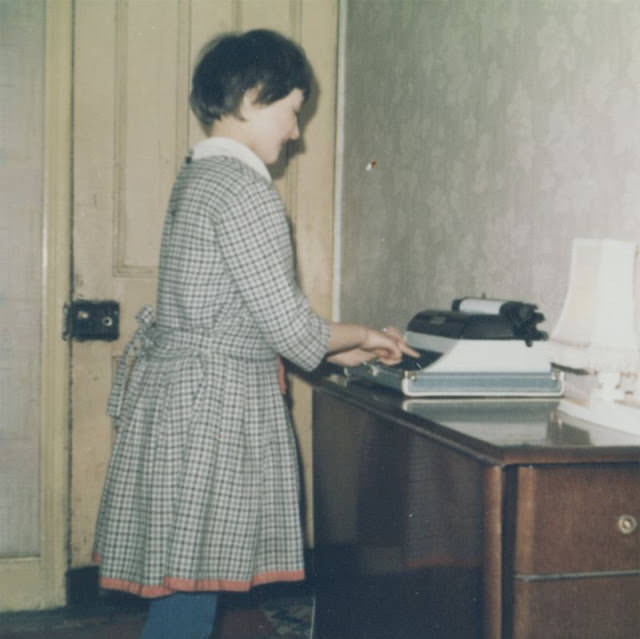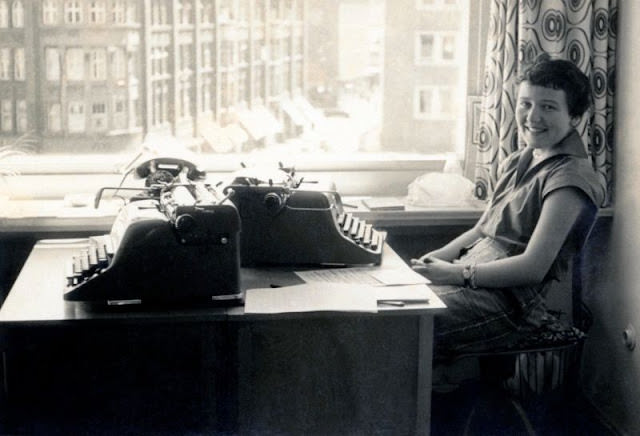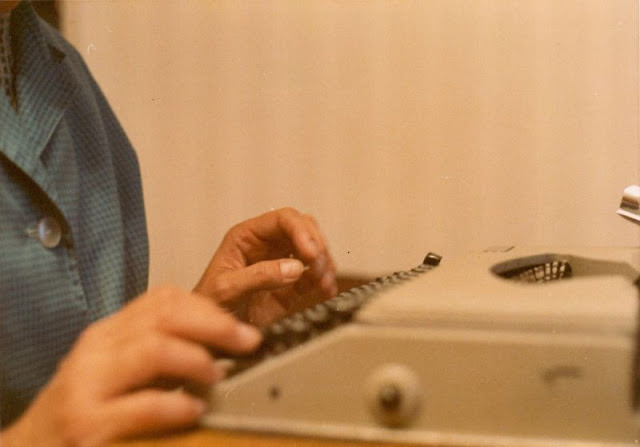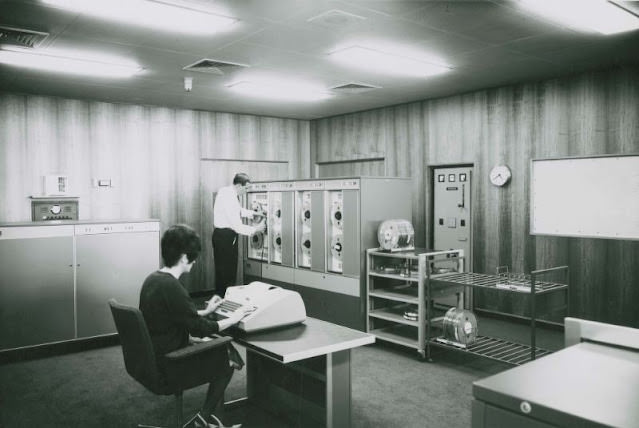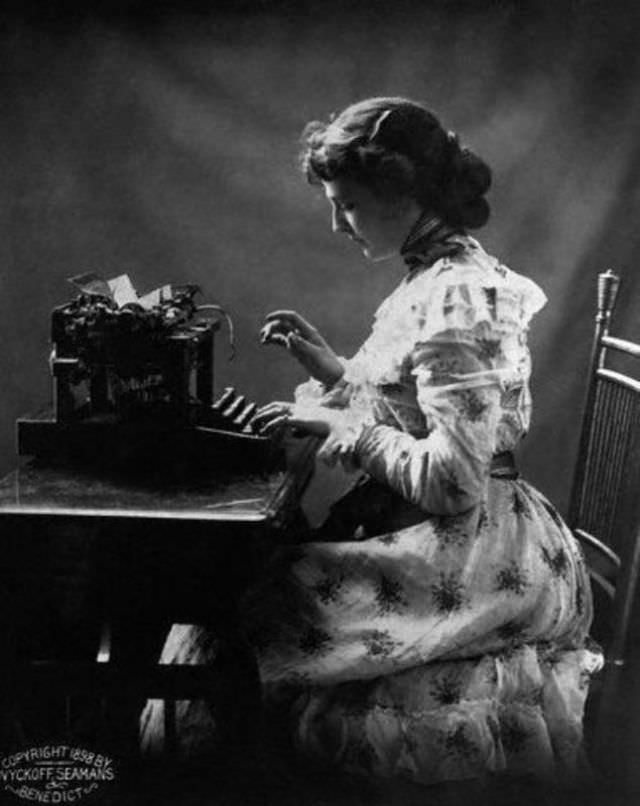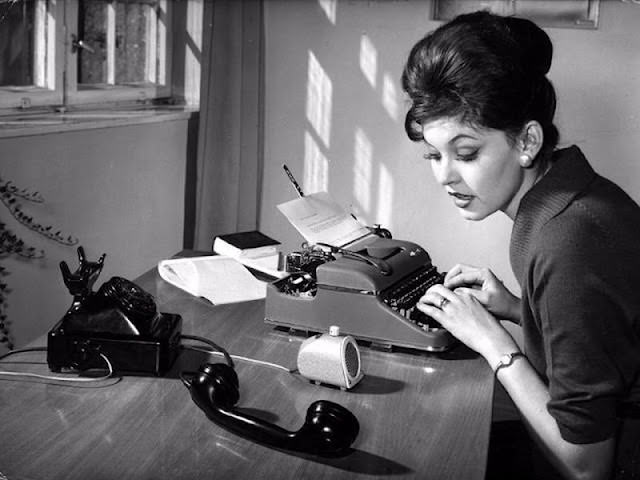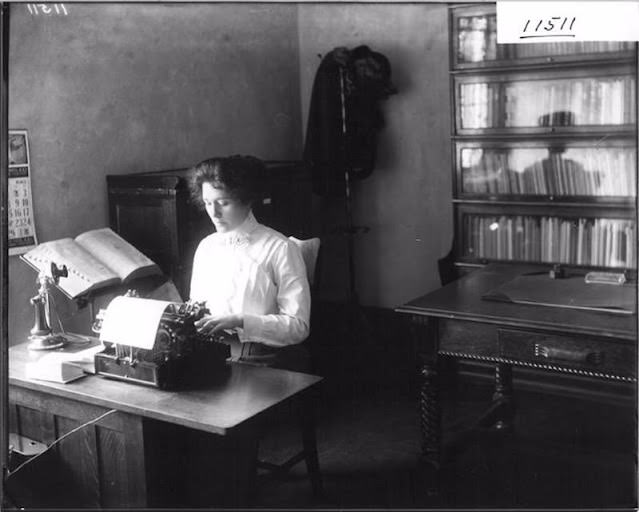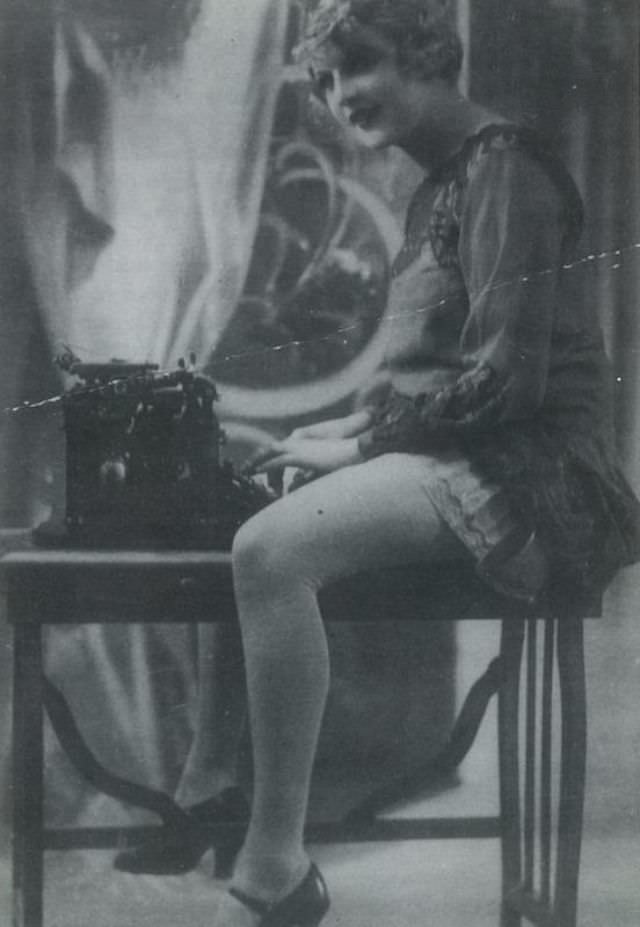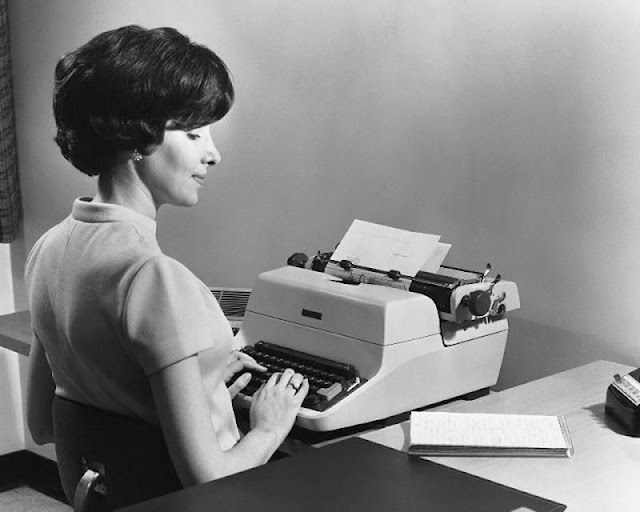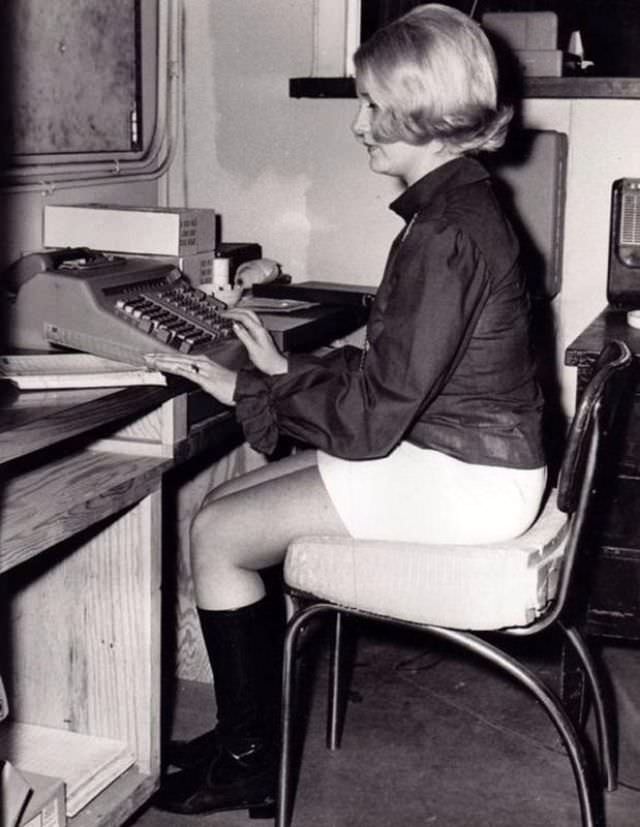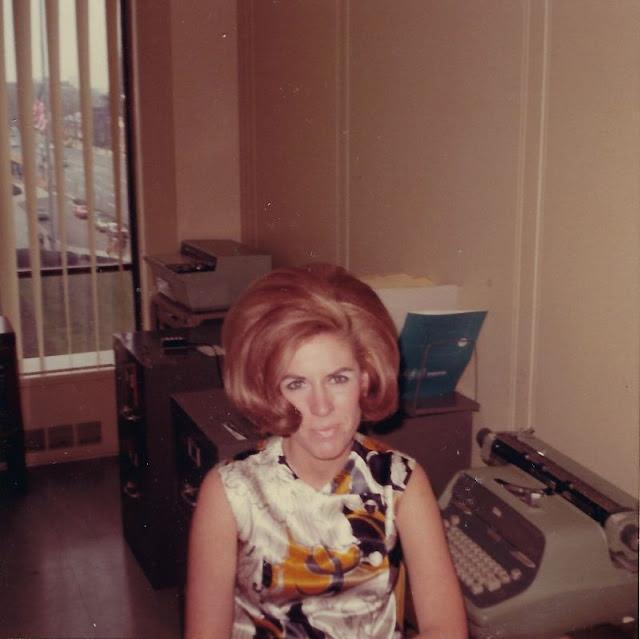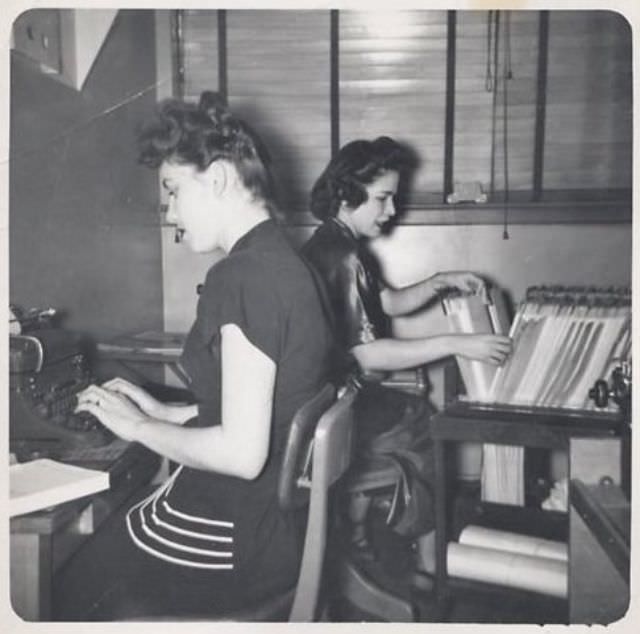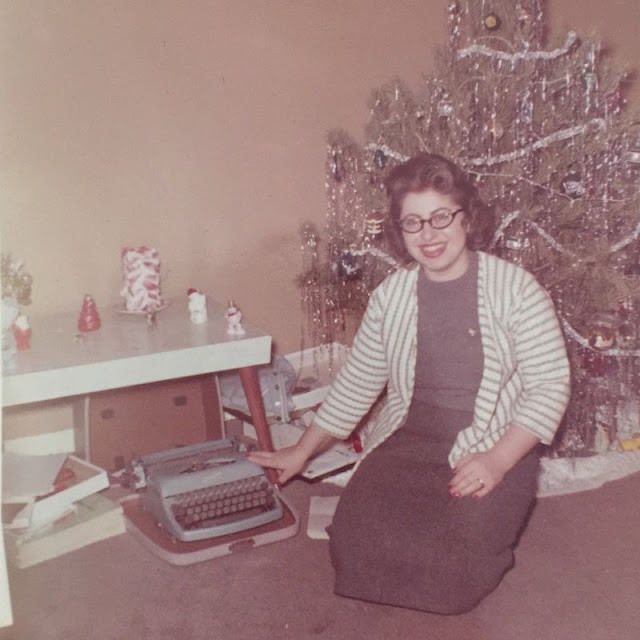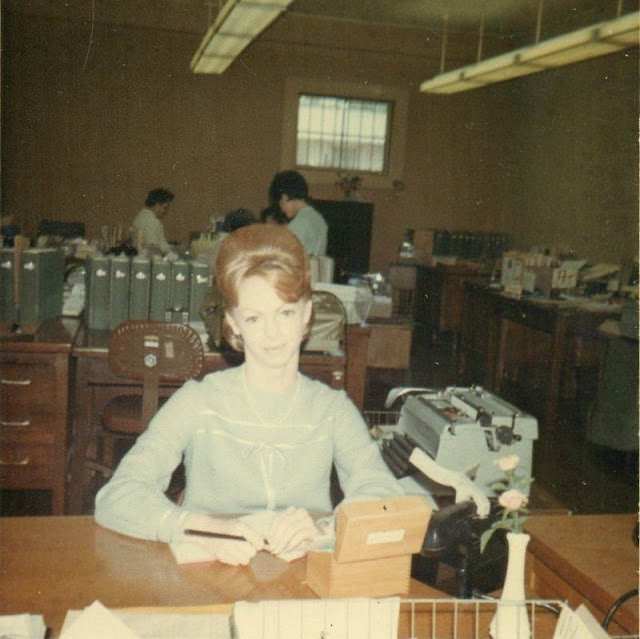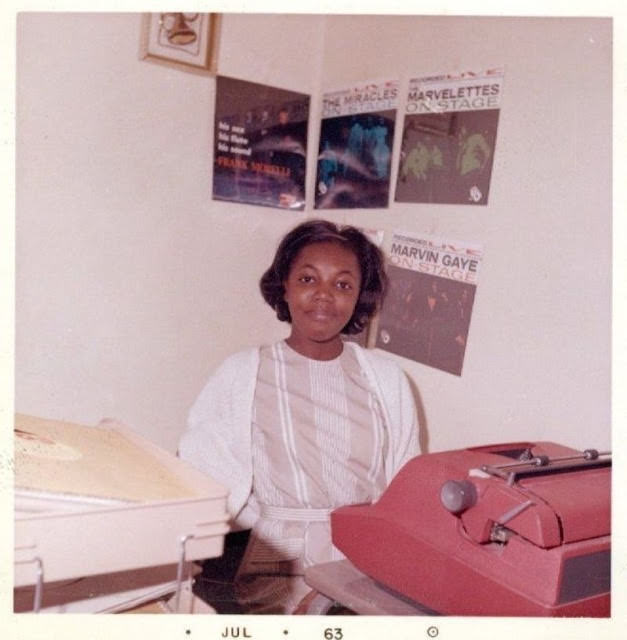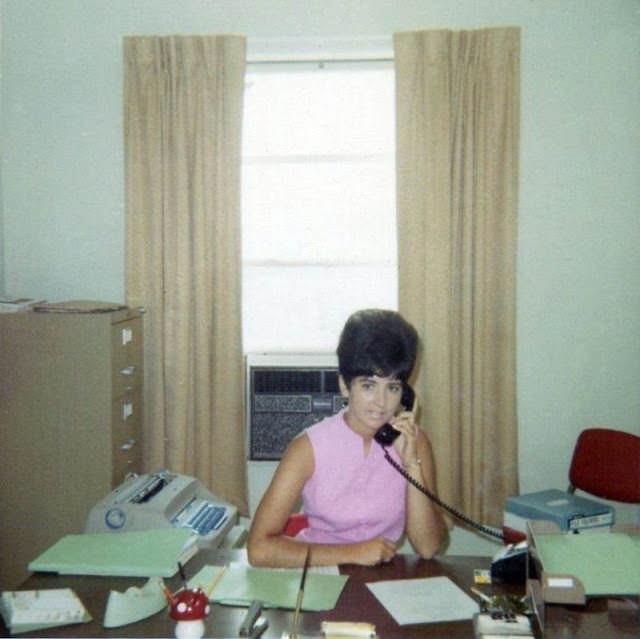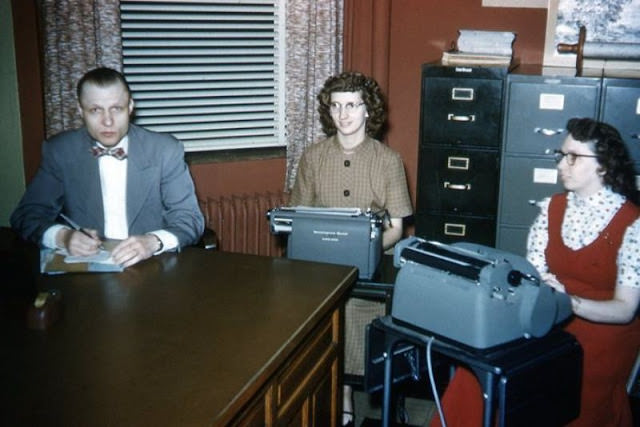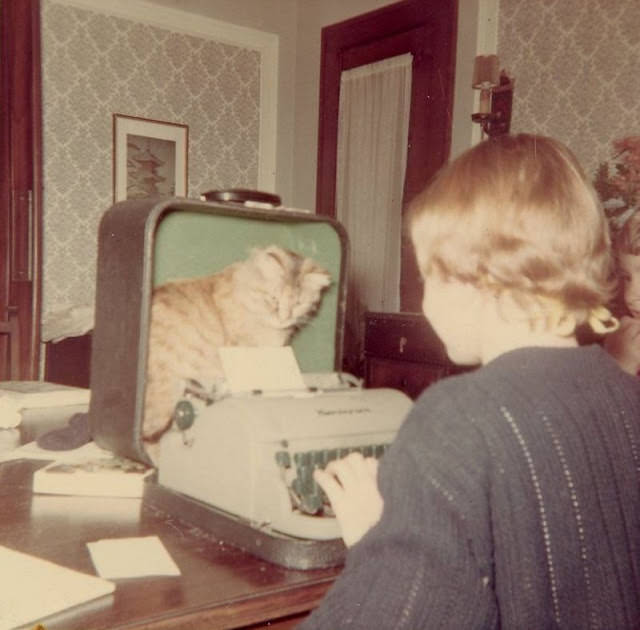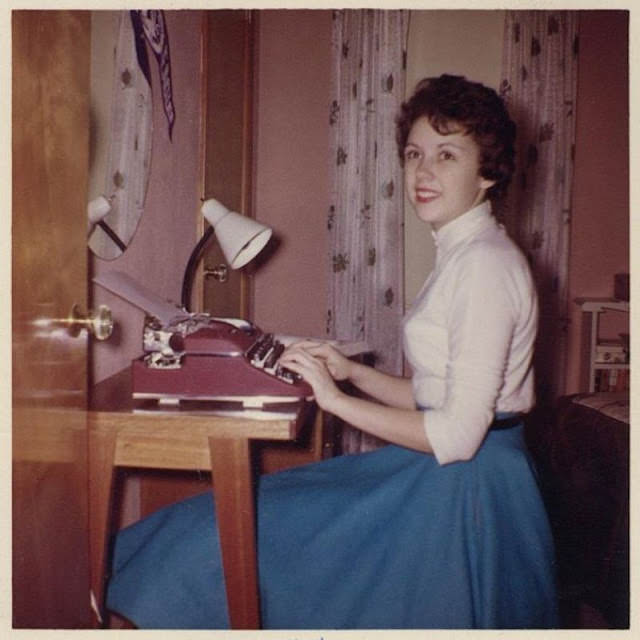Christopher Latham Sholes, a Wisconsin journalist, was the first to patent a typewriter on 23 June 1868. Interestingly, Henry Mill had already patented a similar device in 1714, but the machine never made its way to market. Sholes’ invention developed initially as a book indexing device. The concept of typing letters was suggested by Glidden. However, finding a market proved to be the greatest difficulty for early typewriters. The market for typewriters was undefined. Sholes hoped that his business would expand to the general public after he succeeded in attracting clergymen and men of letters.
To reduce the chance of key jamming and raise typing speed, the QWERTY keyboard was designed in 1873 to put common letter pairs far apart. The first typewriters became available in 1874, and the machine was soon renamed the Remington. There were several original features of the typewriter which were common in modern machines: the cylinder, with its carriage-return mechanism and line spacing; the escapement, which centers the letters. There was no printing ribbon; the typebars were actuated by key levers or connecting wires; the typewriters used a common centre for striking the paper; and the keyboard layout adhered almost exactly to the one today. The first typewritten manuscript was submitted by Mark Twain in 1836, after he bought a Remington typewriter.


